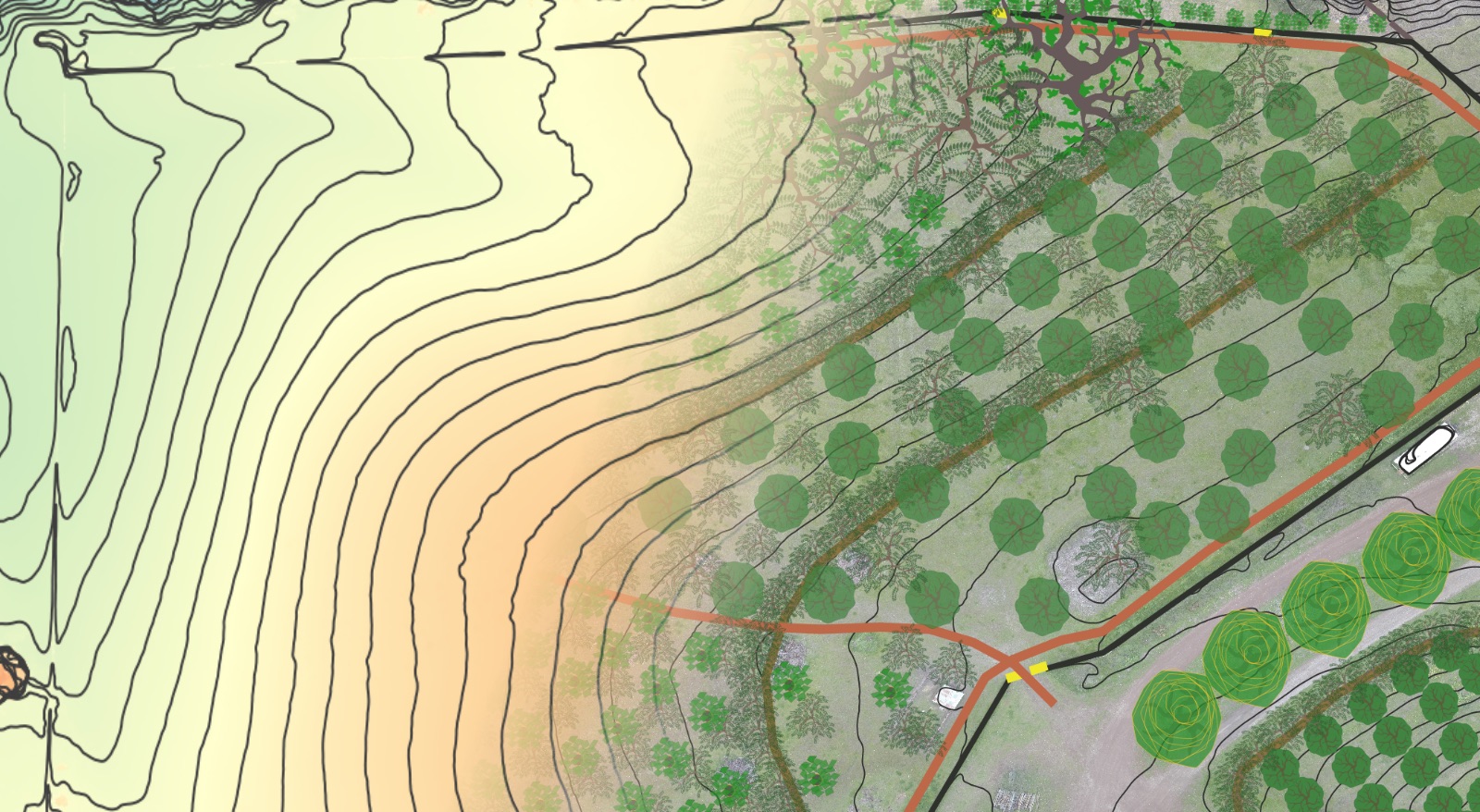Your cart is currently empty!
-
Debt, Wealth & Counter-Economics As A Means To Create A World Worth Inheriting ~Epi-073
How do we create a regenerative economy and all that entails when that work is arbitrarily outlawed, suppressed or actively disincentivized by the value systems that dominate our current culture? HINT: We have to step outside of the current imposed power structure – no permission required. My presupposition for this episode is this: Mainstream, state…
-
Primer On Green Septic Systems
What Are Green Septic Systems? Green septic systems utilize aerobic biology to fully digest and break down sewage effluent, utilizing it as a fertilizer to grow valuable herbaceous and woody biomass. What Are The Components Of A Green Septic System? A green septic system utilizes traditional greywater and blackwater collection plumbing, a traditional septic tank…
-
Grow Food, Fodder, Fences And Forts For Cheap With Livestaking ~Epi-072
Today’s episode is a short primer on live staking – what it is, how it works, what its good for, what types of species you can use to do it, and how to harvest, prepare and plant your live stakes. If you have perennially moist soils in need of stabilization, or are able to irrigate…
-
All About Live Staking
What Is Live Staking? Live staking is a tree establishment method by which small-diameter branches or certain tree or shrub species can be pushed, dug or pounded into wet, perennially moist or irrigated soils prior to bud break, where they will strike root and become an entirely new tree or shrub. How Does Live Staking…
-
The 4 R’s Of Regenerative Hydrology
Abundant water for ourselves and future generations is achievable. A change in mindset from the dominant water scarcity paradigm to a regenerative water abundance paradigm is required. Following this, we have merely but to apply appropriate techniques to completely and utterly transform our private and shared landscapes. We can do this by designing and implementing…
-
Why We Use Functions-First Design To Create Holistic Ecosystems ~Epi-069
When we design holistic ecosystems, we start with mapping out desired and required functions THEN search for, select and/or design elements/systems that provide those functions in a way that aligns with the site-specific context. This is contrasted with how most people “design” systems – they see an ad or read an article and like the…
-
Off-Grid Soil Fertility For Sovereign Food Systems ~Epi-068
If you are serious about food sovereignty, you’re serious about building soil. In this episode I detail 4 methods for creating your own soil fertility inputs from what you are already growing, can source on your property or very close to home, or are already in the course of putting food on your table. They…
-
Type 1 Errors: How To Identify, Avoid And Fix Them
Type 1 Error: A error in design and/or implementation that costs you time, energy, money or emotional well-being as long as it remains present in the system. A fundamental thing done wrong that makes everything that comes after it impossible to get right. Committing a Type 1 Error is like building a bucket to carry…
-
Making Landfall – Your First 60 Days On The Land ~Epi-066
Today’s show is all about the things you have to do to get yourself onto your land quickly without shooting yourself in the foot withe improperly located or oriented structures and roads. Vehicle access is basically an absolute necessity in today’s world. By their very nature, roads are a break from the inherent landform, and…
-
Vehicle Access For Regenerative Landscapes – Guiding Questions For Watershed Assessment
Running water is the primary natural force that generates the need for maintenance of most man-made access routes. Most drainage needs throughout the landscape are in relation to access routes. Effective drainage is therefore the primary consideration when planning and designing for functional, low-maintenance access (for vehicles, humans and animals) that maintains or improves watershed…

